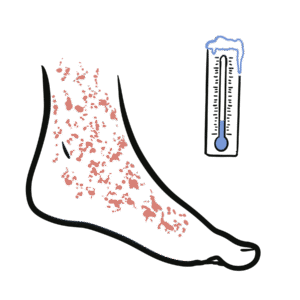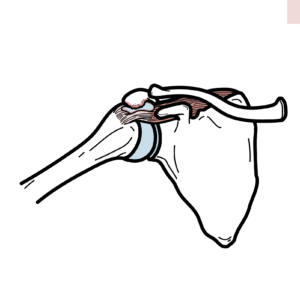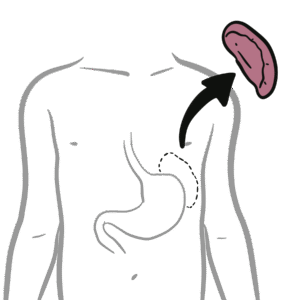Fragile X syndrome – genetics and clinical features
Fragile X syndrome explained: causes, signs, diagnosis, and practical management for families and clinicians. Fragile X syndrome, the most common inherited cause of intellectual disability, is due to an expanded CGG repeat in the FMR1 gene on the X chromosome and affects both males and females.
This video breaks down the genetics—normal CGG repeats (5–40), premutation (55–199), and full mutation (>199)—and shows how FMR1 silencing reduces FMRP, disrupting neurodevelopment and reproductive function. Viewers will learn inheritance patterns (X-linked dominant), why males are often more severely affected, and the three major risks tied to premutations: premature ovarian insufficiency, Fragile X–associated tremor/ataxia syndrome, and neurocognitive impairment. Clear descriptions of early developmental indicators, distinctive craniofacial features, behavioral profiles (autism spectrum traits, hand-flapping, ADHD, anxiety, sleep issues), and common comorbidities such as seizures, recurrent otitis media, scoliosis, and mitral valve prolapse help you recognize clinical presentations.
Diagnostic pathways are explained step-by-step—PCR and Southern blot to quantify CGG repeats, carrier testing, and prenatal options (CVS or amniocentesis)—plus recommendations for family cascade testing. The video emphasizes a multidisciplinary, supportive management strategy: developmental and educational interventions, behavioral therapies, targeted psychopharmacology (for anxiety, ADHD, irritability, seizures), and long-term coordination of care. Prognosis and quality-of-life considerations are addressed, reassuring that lifespan is typically normal with appropriate support.
Watch to gain actionable knowledge for early detection, informed genetic counseling, and practical care planning—essential for clinicians, caregivers, and anyone affected by Fragile X.




































